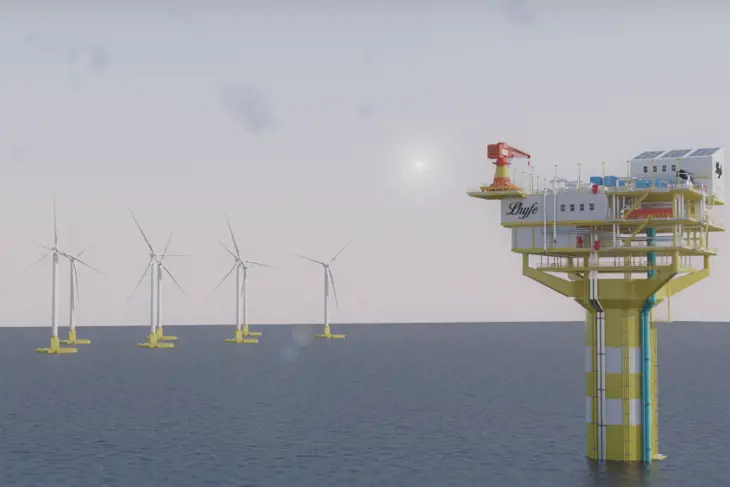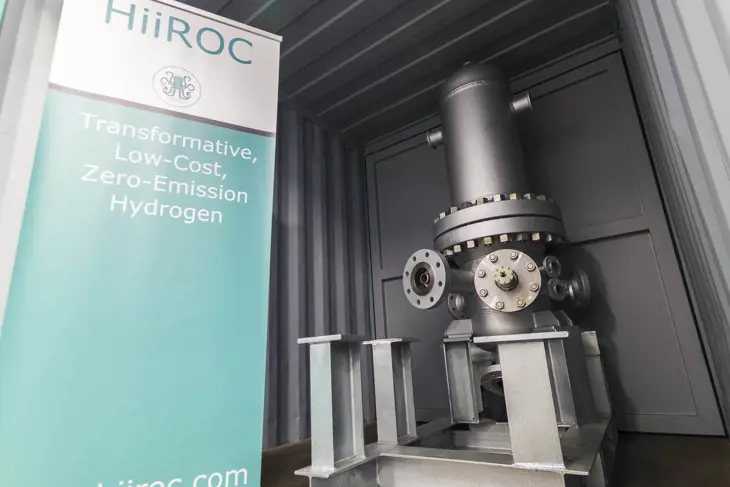Hydrogen is one of the low carbon solutions that will be critical for the UK’s transition to net zero.
UK homes are responsible for around 20% of carbon emissions, so decarbonising how we heat them is vital. Enter low carbon hydrogen, a replacement for fossil fuels.
Transitioning to hydrogen for domestic heating will allow us to build a cleaner, greener energy system while creating thousands of new, well-paid jobs.
That's why we’re using our decades of experience to overcome current challenges around storage and help kickstart the hydrogen economy - creating a more stable energy supply, levelling-up communities and helping our customers be net zero by 2050.
A key component of the Government’s plan to reach net zero is the development of hydrogen at scale, meaning significant volumes of hydrogen storage will be needed potentially as soon as the early 2030s.
The Rough reservoir, located offshore in Humberside, stored natural gas safely for over three decades. A repurposed Rough has the potential to provide around half of the UK’s hydrogen storage requirements, putting us on track to meet the government's objective of decarbonising the UK’s gas supplies, while creating thousands of local jobs.
While it has many advantages, there are almost no abundant natural sources of pure hydrogen, which means that it has to be manufactured. Today, this is an energy intensive process, which is why it makes sense to utilise surplus renewable energy to power it. And, some of these processes actually produce carbon, which must be captured and stored, creating an additional challenge.
Hydrogen is a colourless gas. Although there are no universally agreed definitions, different colours are used by the energy industry to describe it, depending on how it’s made. This swatch helps explain what these different colours stand for.
We’ve committed to helping our customers reach net zero by 2050 as part of our People & Planet plan – and ensuring a just transition to net zero is an important part of this. While we have made progress in this area, we know there is still a long way to go.
Find out more about our People & Planet Plan and how we’re creating a more sustainable and inclusive future that supports our communities, our planet – and each other.


